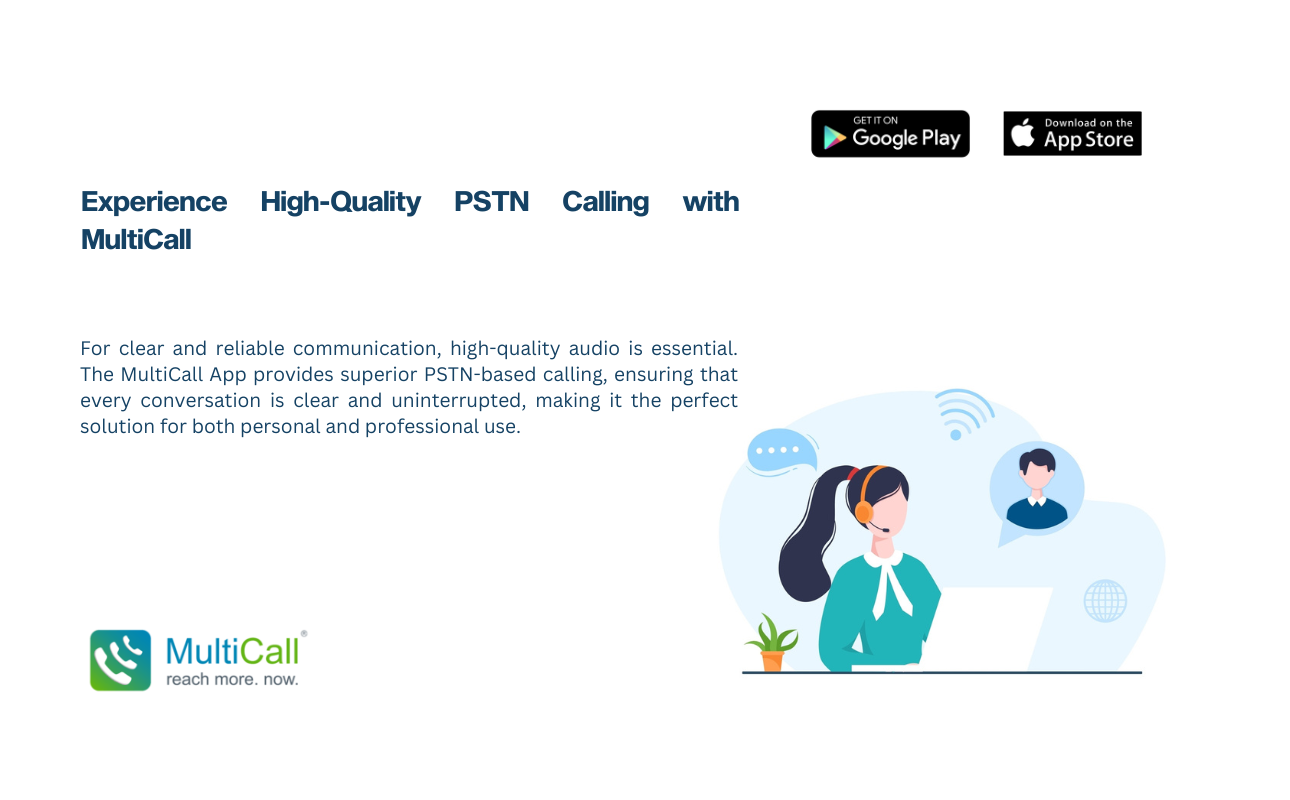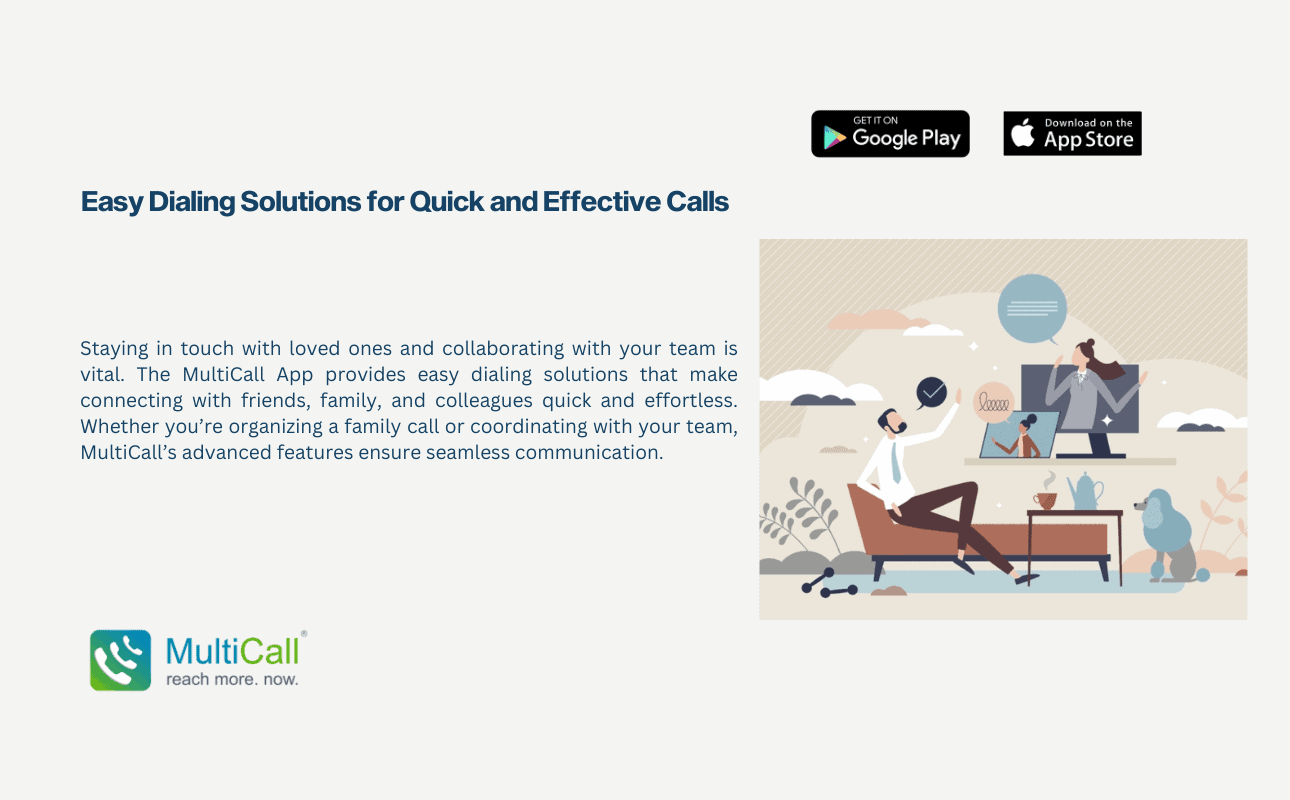
Next-Generation Video Conferencing with Conclave
Next-Generation Video Conferencing with Conclave Introduction Conclave by MultiCall is redefining

Miscommunication is as much a two-way street as communication is. It effectively means a failure to make information, thoughts or ideas clear to someone, or to understand what someone is saying. On a personal front, the impact of miscommunication simply means an argument that can perhaps be resolved. But on a professional one, we’re talking dissatisfied customers, irreversible damage to reputation, and errors that can be costly. The good news is, it can be avoided if you follow a few steps.


Having a thought on what you’re about to say lets you organize your thoughts and ensure that you say something meaningful. This is important, especially when you’re about to have an important conversation. Organize your words so that you are saying exactly what you mean.
Your attitude and tone can communicate a lot about you, so keep your focus and try not to get off topic. Having trouble saying what you want to say? No problem! Write down bullet points to ensure you’ve covered everything you’re planning to say. Remember, preparation is an important step in order to master your conference call!
Also, take a deliberate pause prior to speaking. Rather than jumping in immediately, purposefully taking a moment to compose your thoughts before speaking will make it more likely your communication is clear, and your audience ready to listen.
Having a person’s attention would mean ensuring that they are listening and understanding the words you say. In a face-to-face meeting, this would mean making eye contact and checking in to see that they are listening. In a call however, this can be a different ball game.
This is worse when considering possibilities such as the other person being distracted or in the middle of doing something else while on the phone. The right communication tools such as MultiCall however, can help with this.
Using your visual display of Call Monitoring, check who’s on the call and direct your questions to someone new every time in order to make sure that everyone is involved, and not multitasking.
If they seem distracted by something, ask for their attention, or confirm that they are okay and that they understood whatever was mentioned. Note however, that this does not mean calling them out or yelling at them. Belittling someone publicly can also risk poor team communication since they could fear to speak up another time.


As the adage goes, better safe than sorry. It’s easy to assume that people understand what you said or asked them to do.
So, clarify anything that the person might be uncertain about. If you’re issuing instructions to execute some deliverable, clarify anything the person might need to do to prepare ahead for it.
If someone is in fact confused, try to rephrase, or explain it better. We’re humans, not machines. And in a busy work schedule it’s quite possible to forget or have a mix-up about something said during the meeting. So, it helps to record your calls to stay on track (MultiCall lets you do so), and eliminate doubt about what was or was not said during the call.
Follow-up after you have communicated with your team to reaffirm everything mentioned during the course of the call. An example of this would be to send a mail with the takeaways of the meeting to iterate instructions clearly.
You can also check in one-on-one with your teammates to make sure that they are okay. If you perceive that there’s a possibility you may have miscommunicated something, use this point as an opportunity to communicate clearly and clarify anything that may come that may be confusing.




Next-Generation Video Conferencing with Conclave Introduction Conclave by MultiCall is redefining

Group Call Business Communication: Tips and Best Practices Introduction Effective

Experience High-Quality PSTN Calling with MultiCall Introduction For clear and

Key Features of MultiCall’s Group Calling Solutions Number Masking: Protect

Key Features of MultiCall’s Easy Dialing Solutions Instant Group Calling

Key Features Instant Group Calling Apps: MultiCall allows you to